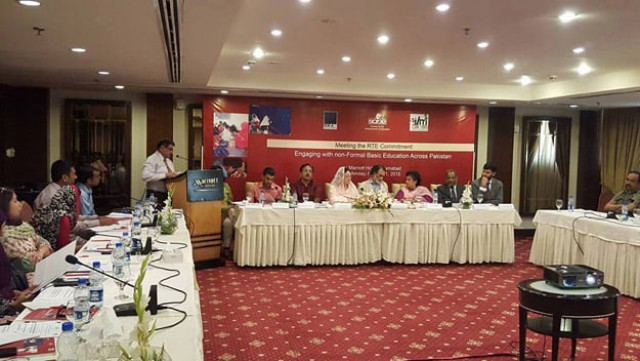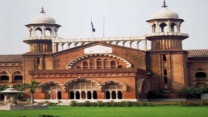Education sector: Non-formal education can help raise literacy rate: report
60 per cent students at non-formal education centres are girls.

60 per cent students at non-formal education centres are girls. PHOTO: facebook.com/IlmIdeas
“The non-formal education sector can impart early education at a much lower cost than the traditional education sector,” the report says.
It says that students from the non-formal sector were found to be better at reading regional languages than students of some government and private schools. “However, the students of government and private schools perform slightly better at English and much better at mathematics compared to their counterparts at non-formal centres,” the report said.
The report stated that there were approximately 28,000 non-formal education centres in the country. “They are catering to around one million students. The ratio of female students is 60 per cent. The non-formal education sector offers a flexible form of education to many out-of-school children,” the report said.
The report also called for providing better training to teachers working at non-formal education centres.
“Government policies focus only on subsidising low-cost private schools. However, the non-formal education sector is another avenue that has the potential to address the problem of out-of-school children. Non-formal education centres can impart early education at a cost of Rs200 to Rs500 per child per month. If low-cost private schools are deemed worthy of support on the basis of low per child cost, so should the non-formal centres, with the focus being on numeracy and literacy or early childhood education,” SAHE Executive Director Abbas Rashid said.
Highlighting the role of proximity, the report stated that students responded better to teachers from the same community. “Many parents, who do not want to send their daughters to schools, will do so if a centre is available in their neighbourhood. Having a school even half a mile away is not the same thing. A centre at the mohalla-level makes a difference,” says Rashid.
Published in The Express Tribune, September 10th, 2015.



















COMMENTS
Comments are moderated and generally will be posted if they are on-topic and not abusive.
For more information, please see our Comments FAQ